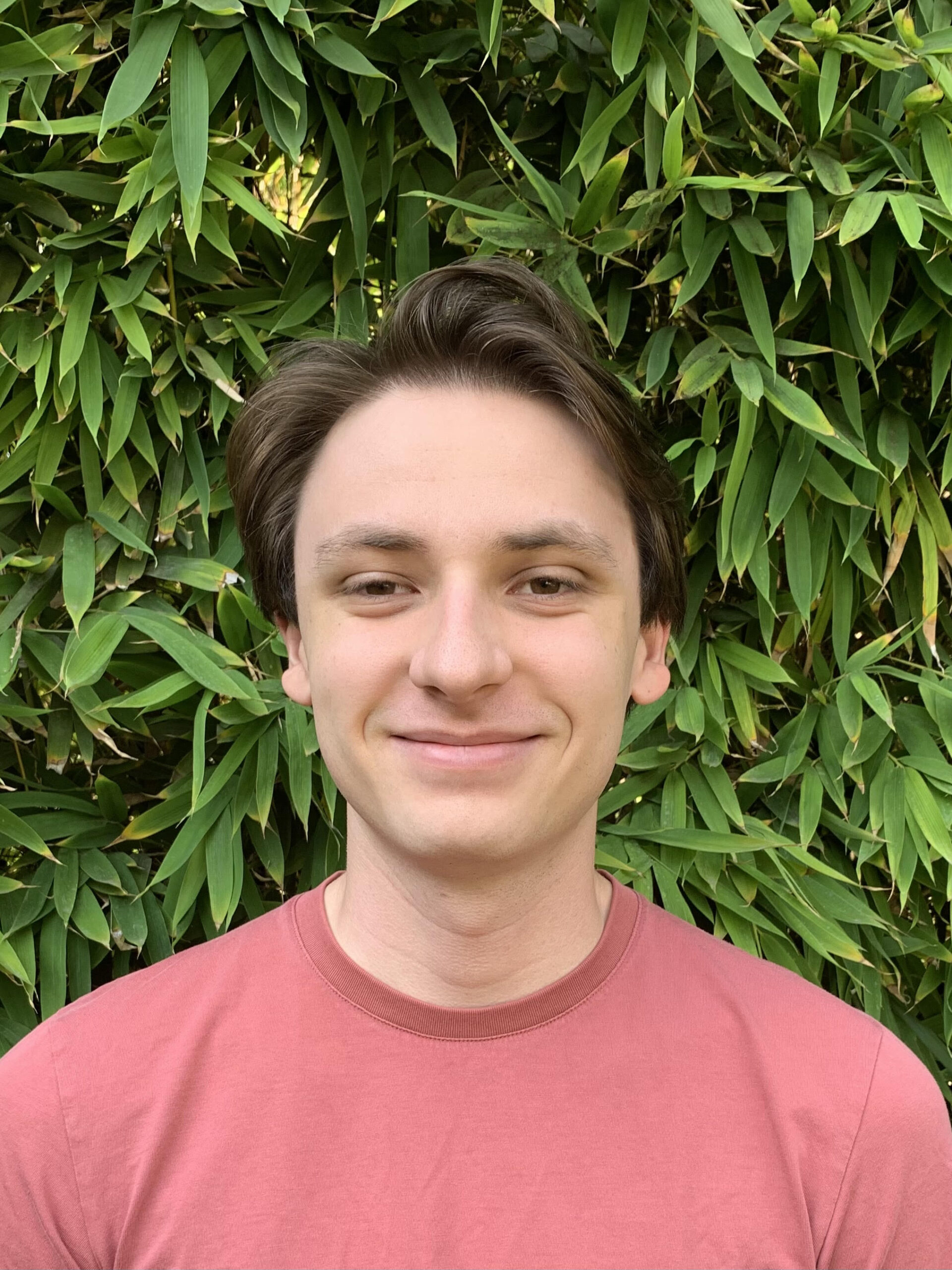Live Poster Session: Zoom Link
Abstract: Coherent perfect absorption (CPA) is a steady-state process in which a lossy cavity completely absorbs the energy from an incident wavefront. This is done by engineering the interference pattern inside the cavity through manipulation of the relative amplitudes and phases of incoming waves at their respective input ports. The phenomenon can be understood as a time reversed lasing: rather than gain induced emission in the absence of driving, CPA results from loss induced destructive interference. Such a delicate process is often assumed to only be achievable for a particular wavefront operating at a specific frequency. Despite this obstacle, it has recently been demonstrated that a broadened CPA linewidth is possible in chiral exceptional point (CEP) systems. Such technological advancement would be valuable in practical applications such as sensing and spectral filtering, as well as serve as a platform for furthering research into fields such as non-reciprocal reflection, optical nonlinear phenomena, and topological photonics. Such CEPs are of a class of degeneracies called exceptional point degeneracies (EPDs), which are of special interest in non-Hermitian physics due to their peculiar implications. EPDs of non-Hermitian operators are degeneracies in which the eigenstates associated with degenerate eigenfrequencies also coalesce. In such scenarios, the eigenbasis determining the physically available states collapses. When coupling an emitter to a non-Hermitian system, the excitation characteristics are largely dependent on the parametric regime in which the system operates. If the system is tuned to operate away from its EP, where the eigenstates belong to a complete basis, any of the eigenstates of the system may be excited. However, when the system is tuned to its EP, the emitter decouples from the degenerate eigenstate of the system, and instead radiates to a missing orthogonal eigenstate (known as the Jordan vector). In the case of a CEP where chirality of modes can be established, such as in a microring resonator, operating in the vicinity of an EP induces a chiral wave propagation with handedness associated with the coalescing eigenstates. At the exceptional point, the chirality is reversed, and the wave propagates unidirectionally with handedness given by the Jordan vector, which is opposite to that of the degenerate eigenstate. To realize a chiral coherent perfect absorption, we use a 1-port discrete photonic ring array with two additional lossy scatterers, where we balance the resonant frequency and loss of these scatterers such that the system operates at an EP. The lossy sites serve to modulate destructive interference, inducing a unidirectional coupling between the propagating and counter-propagating modes of the ring, hence providing a platform to realize a broadband CPA-CEP.
Poster-PDF

